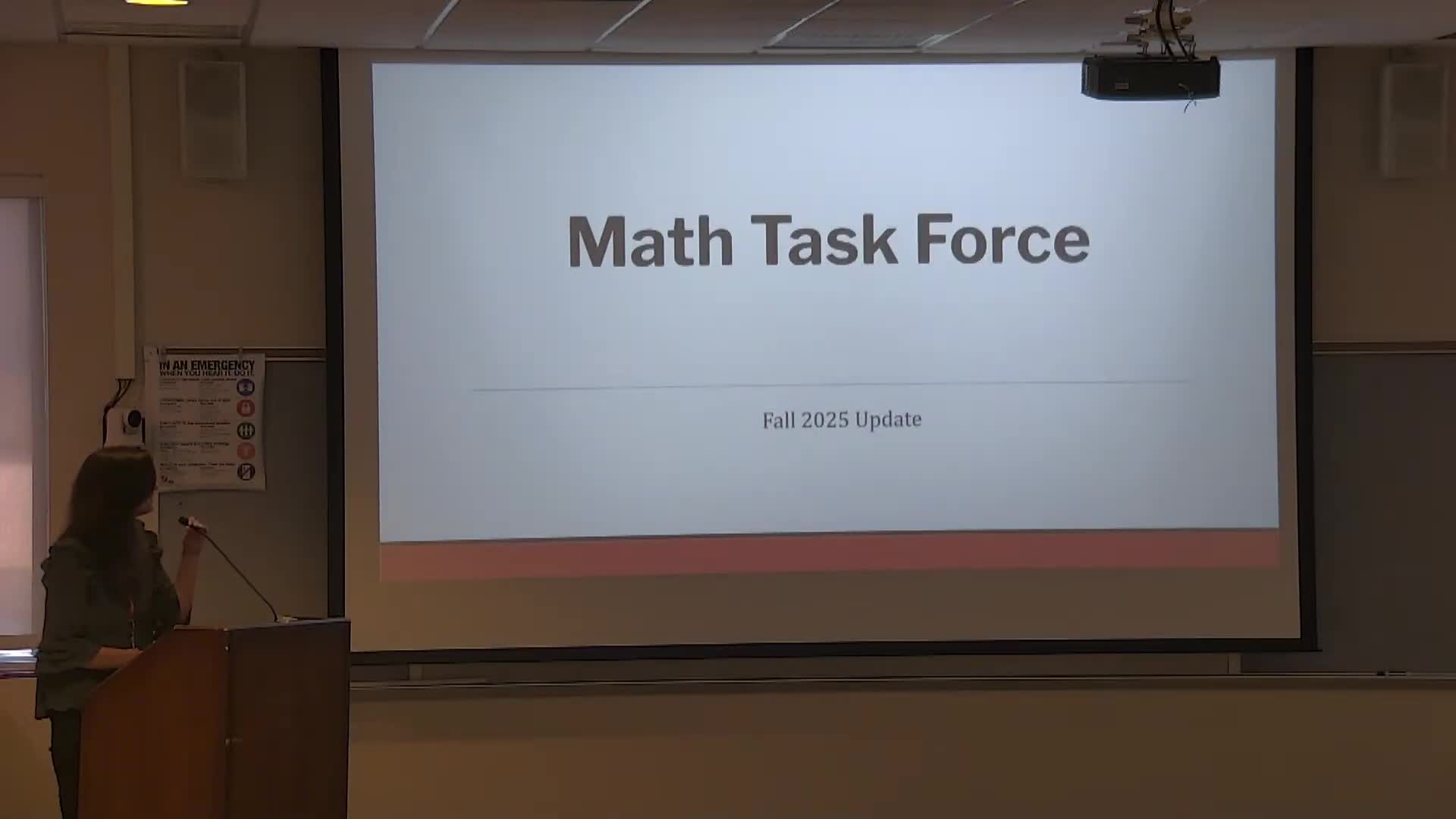North Hills reports expanded math support, new statistics course and daily help across high school periods
October 03, 2025 | North Hills SD, School Districts, Pennsylvania
This article was created by AI summarizing key points discussed. AI makes mistakes, so for full details and context, please refer to the video of the full meeting. Please report any errors so we can fix them. Report an error »

Doctor Williams, a district administrator, told the North Hills Board of Education on Oct. 2 that the district’s math task force and schools have launched a set of interventions aimed at closing early math gaps and supporting students through high school. At the elementary level, math interventionists are working with kindergarten and first-grade students for the first time this year; elementary teachers are dedicating 10–15 minutes daily within an 80-minute math block to foundational routines focused on fact fluency and number sense. At the middle school level, Williams said attention is on placing students in the correct math course at scheduling to prevent widening gaps, and on strengthening open-response skills and areas such as expressions and equations and the number system. The district is using tools including Acadience, iReady, Study Island and Firefly to gather data and tailor instruction. At the high school, Williams said the district adopted new geometry textbooks and added both a half‑year and a new full‑year College in the High School statistics course; close to 50 students are enrolled in the full-year section and roughly 60 in the half-year section. Williams also announced that math help is available every period (periods 1–9) at the high school this year.
The math task force met Sept. 8 and asked schools to outline mathematical focus areas for the year; Williams said goals may change as more student data is collected. She credited teachers and the task force for identifying daily routines and early intervention as priorities and reported that teachers have observed measurable gains after six weeks of implementing the elementary routines. Board members asked whether students know math help is available; Williams replied that they do and are pleased. One board member praised the new year‑long statistics course as strong preparation for college statistics.
Why it matters: administrators said early intervention and correct course placement are central to preventing long-term math gaps that can affect middle- and high-school outcomes. The district is using both state tools (Firefly, tied to PSSA/Keystone-style measures) and district-adopted resources (iReady, Study Island) to track progress and align instruction.
Discussion and next steps: this item was presented as an informational update; no formal board action was taken on curriculum or course adoption during the committee meeting. Williams described ongoing data review and daily math help availability as operational steps being implemented by schools; she said the district will continue to monitor results and adjust instruction. The math task force will continue to collect data and report back to the district.
The math task force met Sept. 8 and asked schools to outline mathematical focus areas for the year; Williams said goals may change as more student data is collected. She credited teachers and the task force for identifying daily routines and early intervention as priorities and reported that teachers have observed measurable gains after six weeks of implementing the elementary routines. Board members asked whether students know math help is available; Williams replied that they do and are pleased. One board member praised the new year‑long statistics course as strong preparation for college statistics.
Why it matters: administrators said early intervention and correct course placement are central to preventing long-term math gaps that can affect middle- and high-school outcomes. The district is using both state tools (Firefly, tied to PSSA/Keystone-style measures) and district-adopted resources (iReady, Study Island) to track progress and align instruction.
Discussion and next steps: this item was presented as an informational update; no formal board action was taken on curriculum or course adoption during the committee meeting. Williams described ongoing data review and daily math help availability as operational steps being implemented by schools; she said the district will continue to monitor results and adjust instruction. The math task force will continue to collect data and report back to the district.
View full meeting
This article is based on a recent meeting—watch the full video and explore the complete transcript for deeper insights into the discussion.
View full meeting